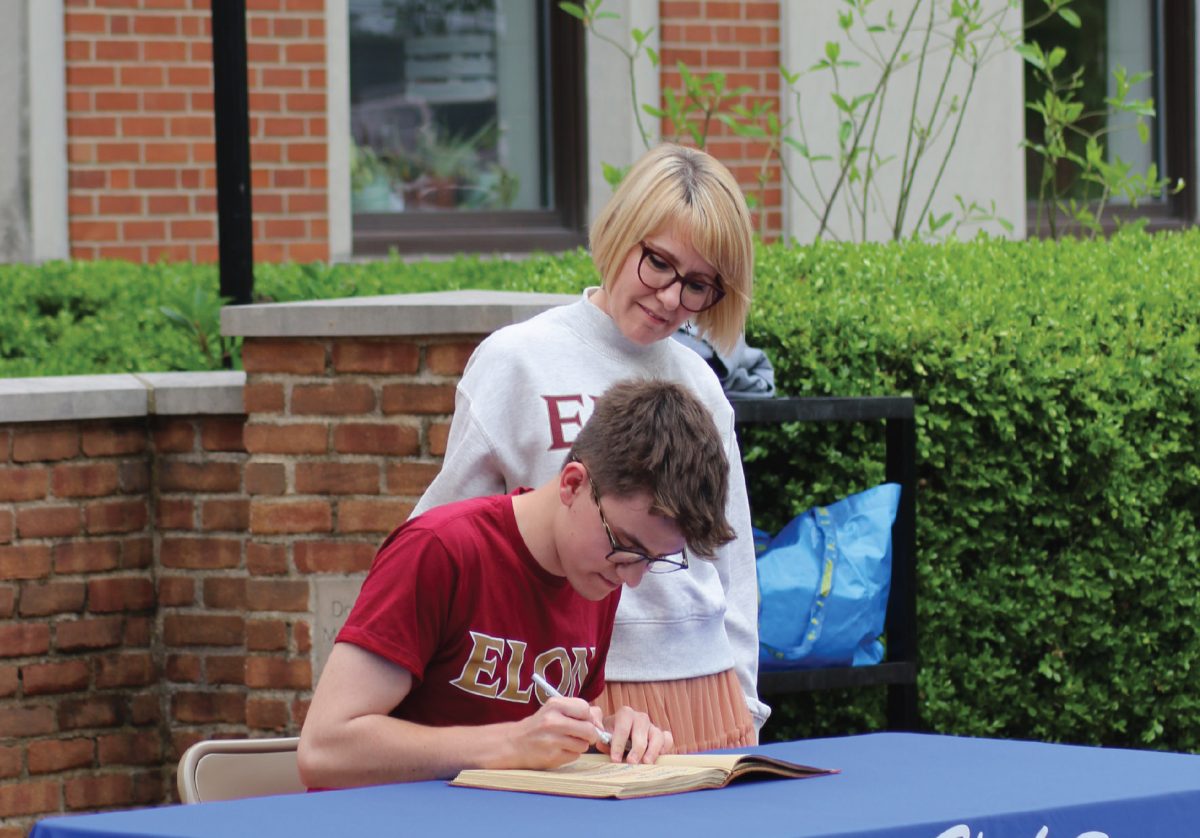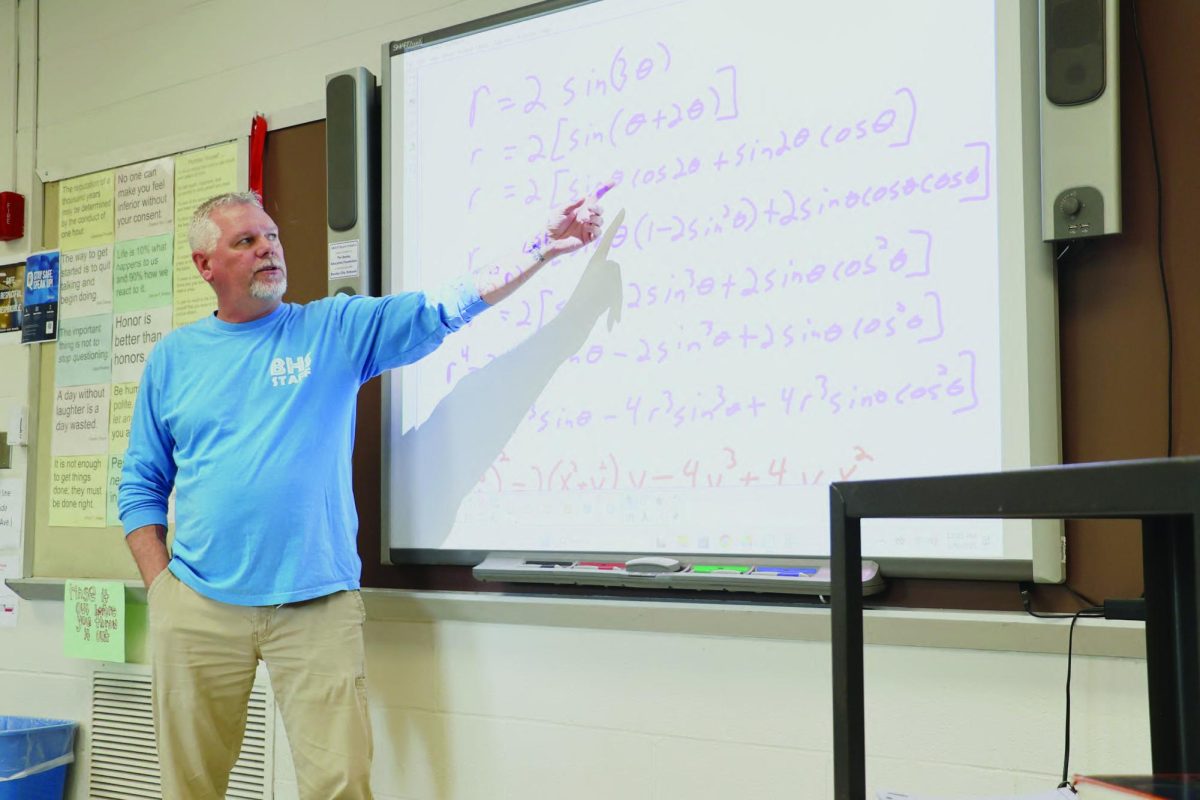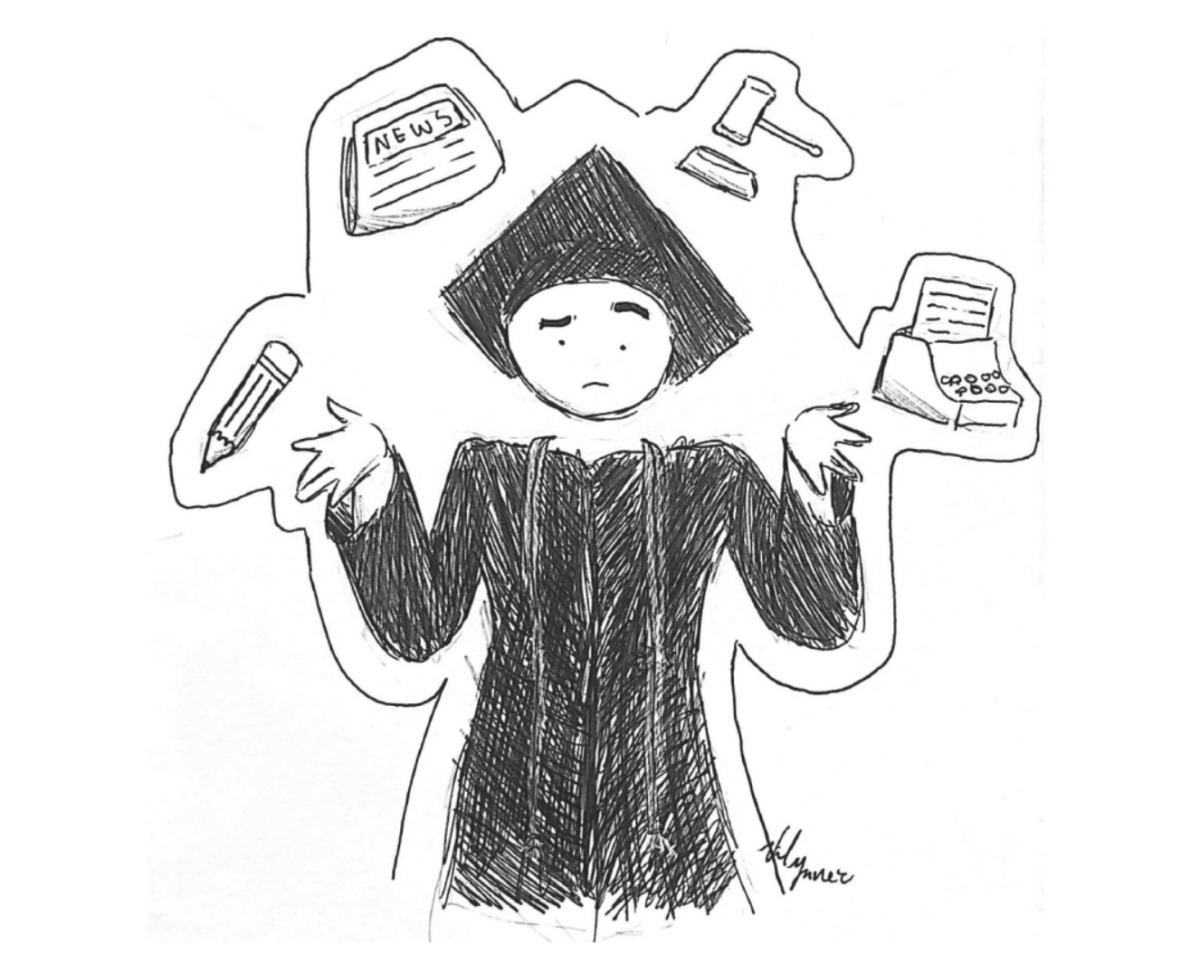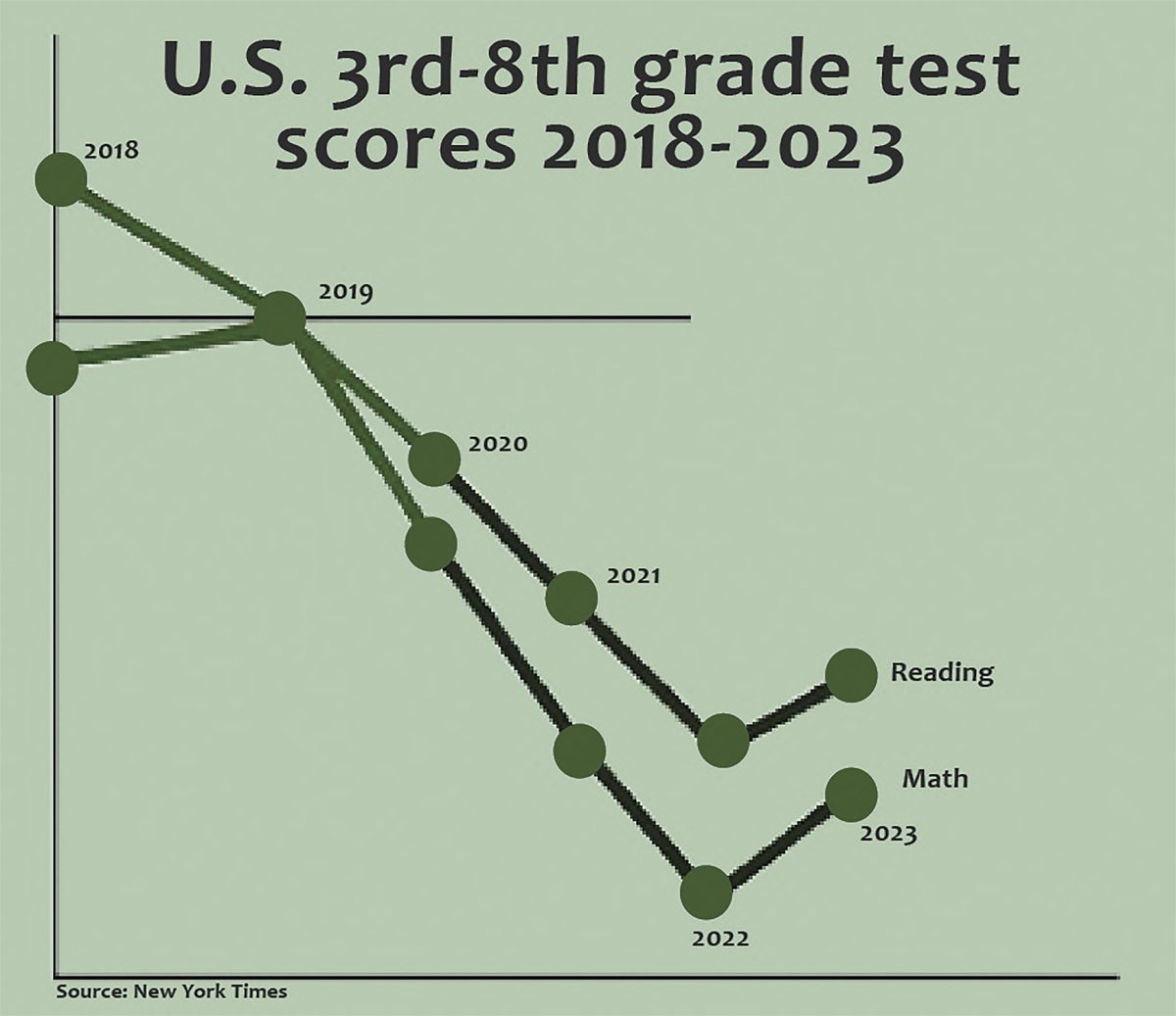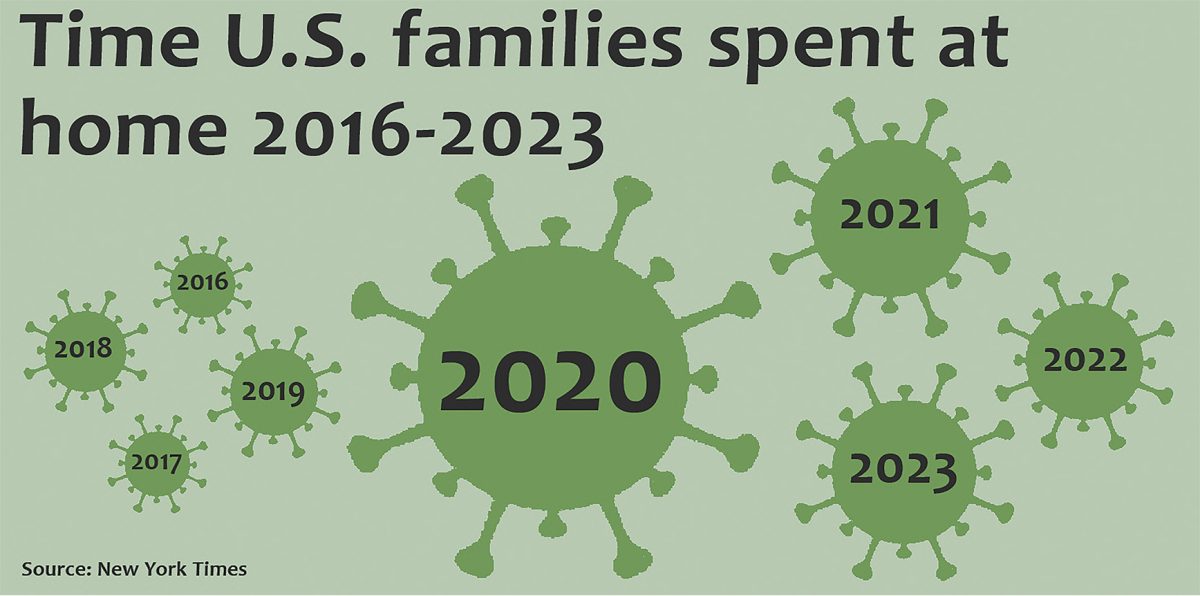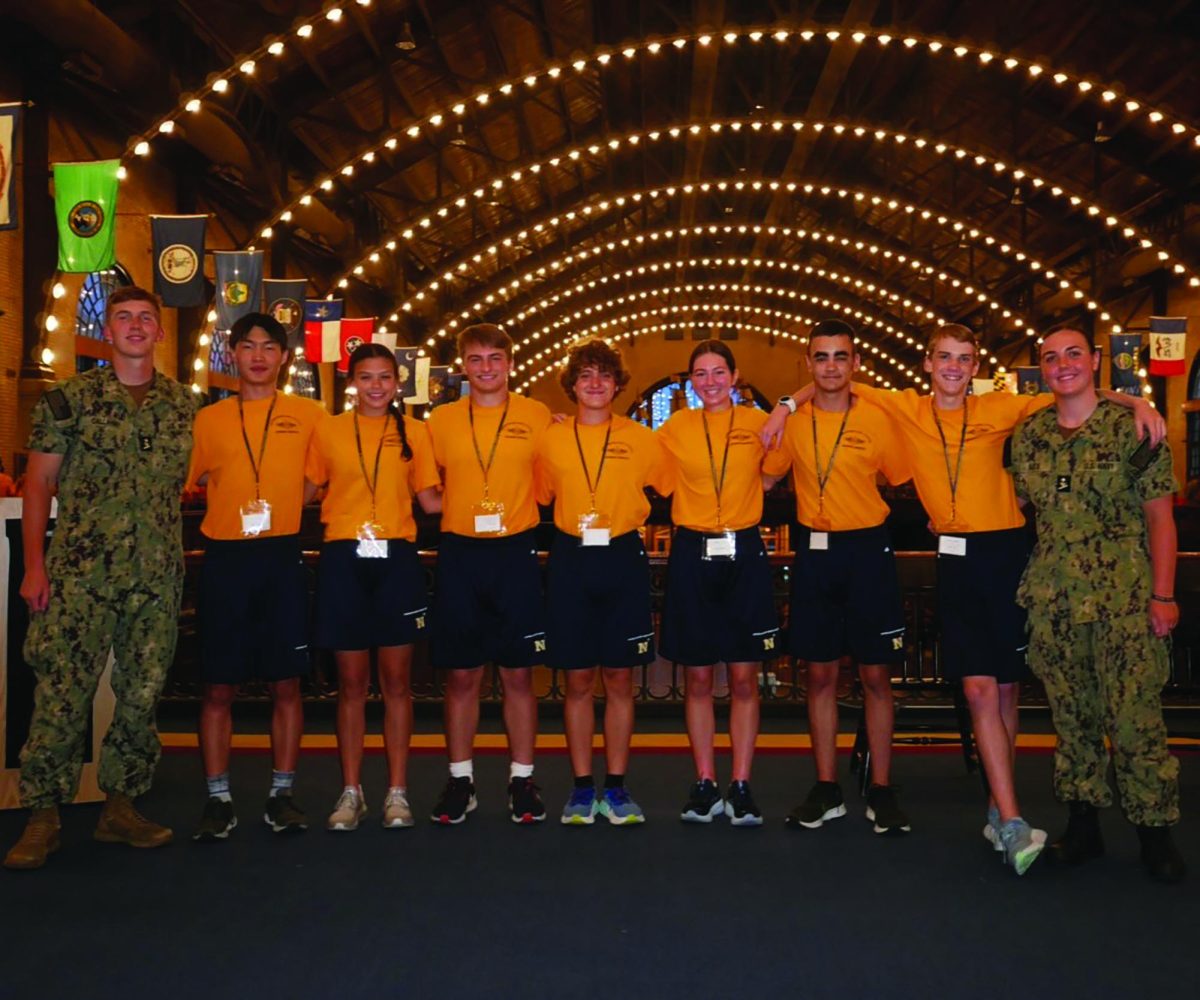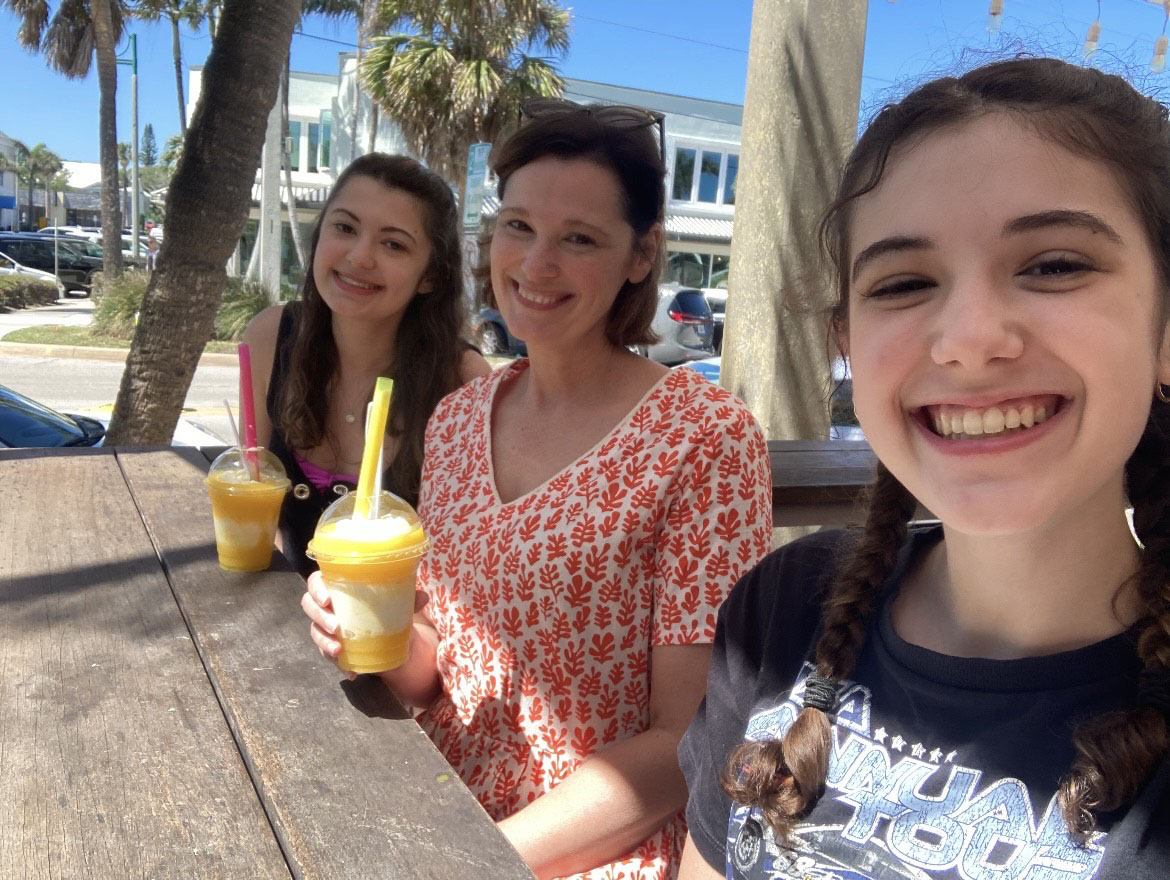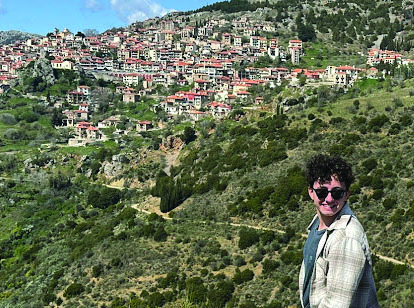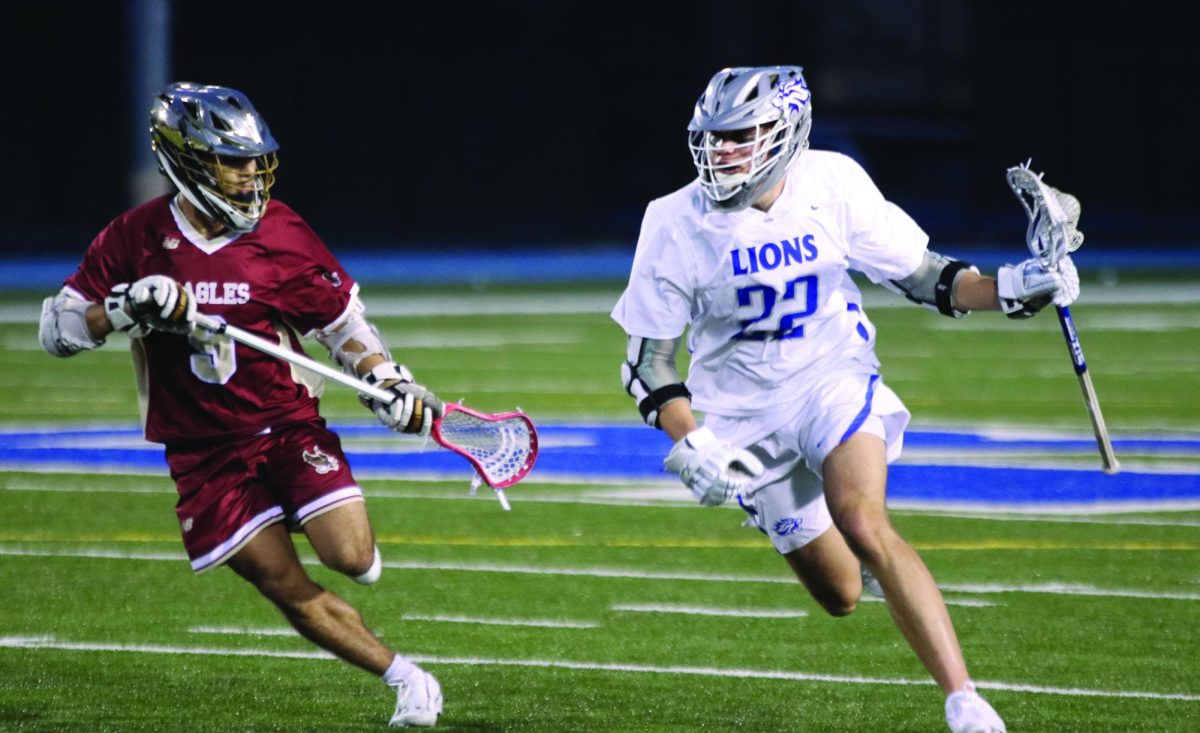Pro
By Val Yanez / Staff Reporter
The Panorama survey is imperative to the maintenance of students’ well-being. It allows the school’s staff to gauge students’ opinions and improve the school’s climate while also letting students express their feelings.
District-wide surveys allow administrators to understand how students see the school and other teachers. Many administrators aren’t able to have one-on-one conversations with students regarding their struggles, creating a divide between students and staff. Because of this, district surveys like Panorama allow staff to recognize how students view their teachers and classmates, which ultimately leads to changes that improve student well-being.
With results of these surveys, administrators can also improve the school’s environment. While the survey doesn’t produce much change, it creates a pathway for change to occur. This year, the school focused on its environment, which improved according to survey results. By obtaining results that show students’ opinions on the school, the administration can foster a more positive and equitable environment for everyone, which helps with academic success.
Some may say district surveys aren’t helpful to students seeking help; however, the essential reason is that students can share their feelings. Many students are afraid to speak up if they are struggling with mental health for fear of being ostracized by peers, so some stress can be alleviated if they are able to express their struggles, even if individual answers aren’t closely looked at. I sometimes struggle with bottling up emotions, so filling out a questionnaire helps me feel more calm, and it can save the lives of others who struggle as well.
District-wide surveys allow administrators to understand students, enhance the school environment and provide students the space to express themselves anonymously. The surveys encourage students to share how they feel, allowing them to thrive.
Con
By Ruthie Gravelle / Staff Reporter
The Panorama survey is district-wide and administered biannually. The survey uses student feedback to act as a tool for educators, according to Panorama Education. Though created with a noble goal, the Panorama survey is ineffective in maintaining student well-being.
Because the survey is administered to students of all ages, the questions are general and impersonal. I find them to be repetitive, and having experienced no change, I imagine the survey provides limited information that is vague at best.
Through my experience with the Panorama survey, I’ve understood the way many students view it. Because they experience no explicit change as a result of the survey, students are inclined to give minimal thought to their answers.
I had no understanding of how my responses could affect the school prior to researching the topic, and still, it is unclear to me how the data is used. Giving genuine consideration to a survey is difficult when the outcome of your effort is uncertain. If the district is interested in insight that will inspire change, they should focus on individuals’ feedback rather than a percentage.
Even if the Panorama survey was administered and explained adequately, it would remain insufficient. Student well-being cannot be measured by answering multiple choice questions. Through the Panorama survey, students’ experiences in school and their thoughts and feelings are reduced to numbers.
Those who advocate for the Panorama survey argue its importance is derived from its judgment-free environment. The survey allegedly acts as a safe space for students to express their emotions. It is vital for students to have an outlet to share their feelings, but the Panorama survey cannot provide them with help. Choosing “yes” or “no” on an anonymous survey is hardly comparable to the immense value of real support.
It is imperative that the district strives to maintain student well-being; however, a superficial and ambiguous survey that generalizes student needs is not an effective means of doing so.
What’s Your Take?
Compiled by Chayce James / Staff Reporter
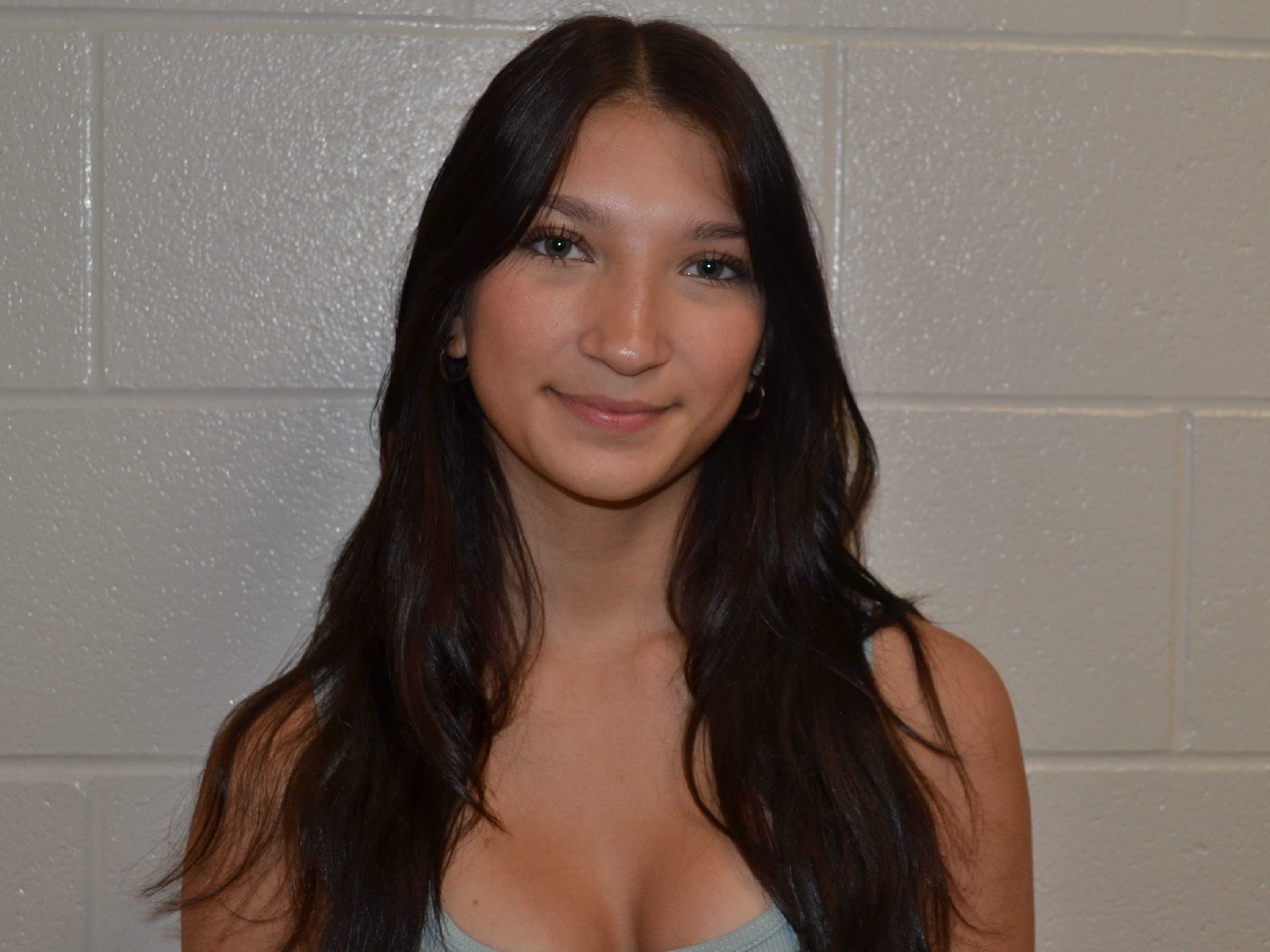
-Freshman Tessa Lacki
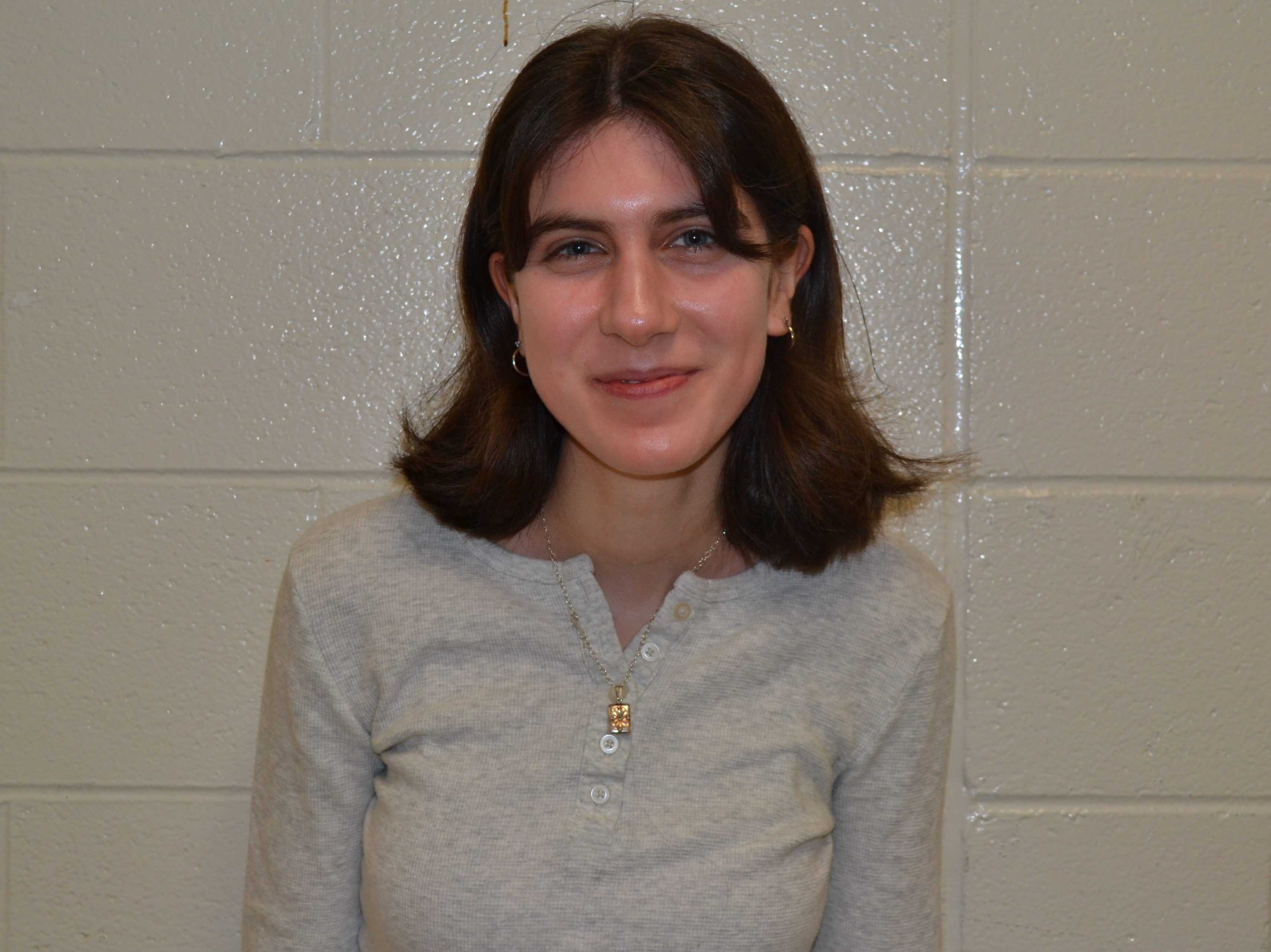
-Sophomore
Rachel Lybarger
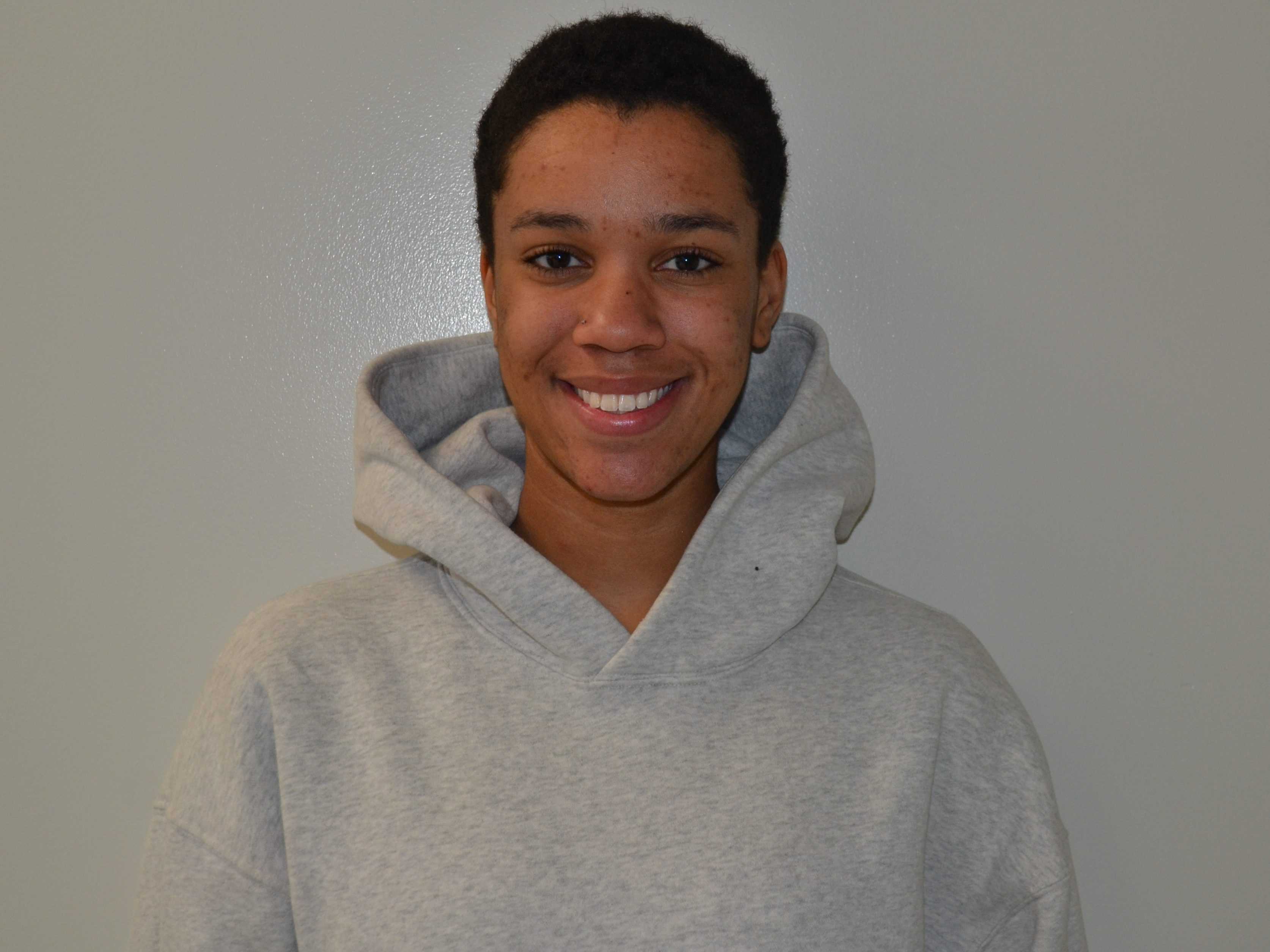
-Junior Kendal Johnson
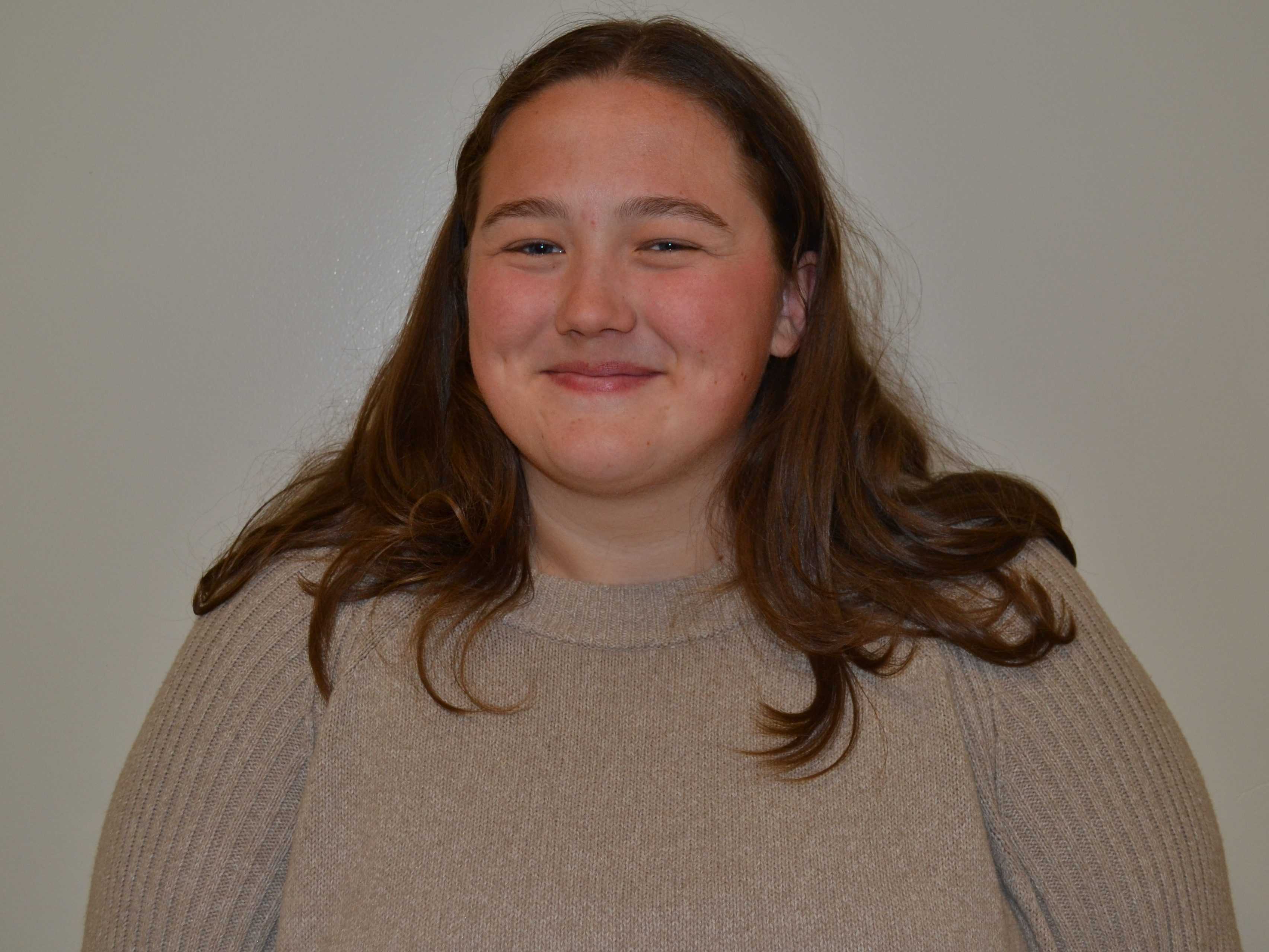
-Senior Emily White
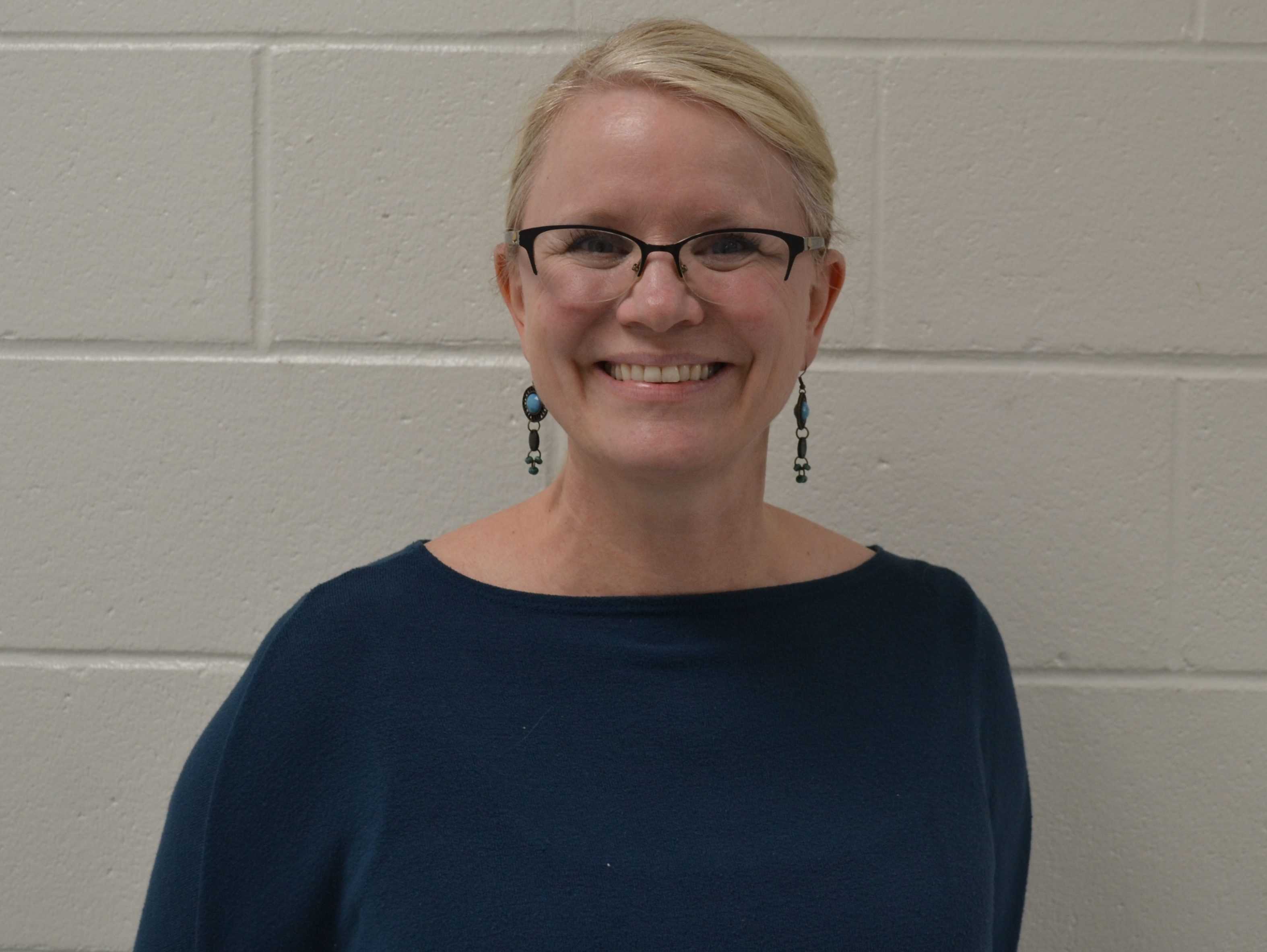
-Family and consumer sciences teacher Marybeth Motasem
